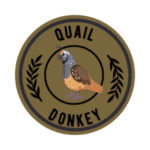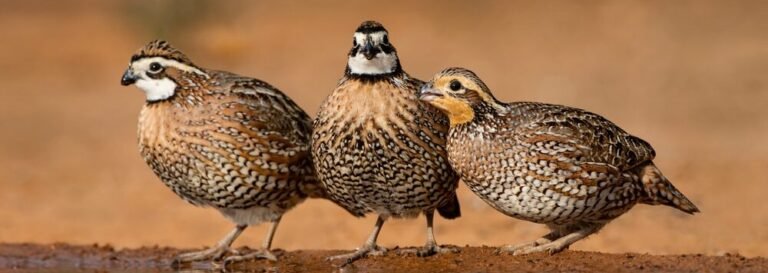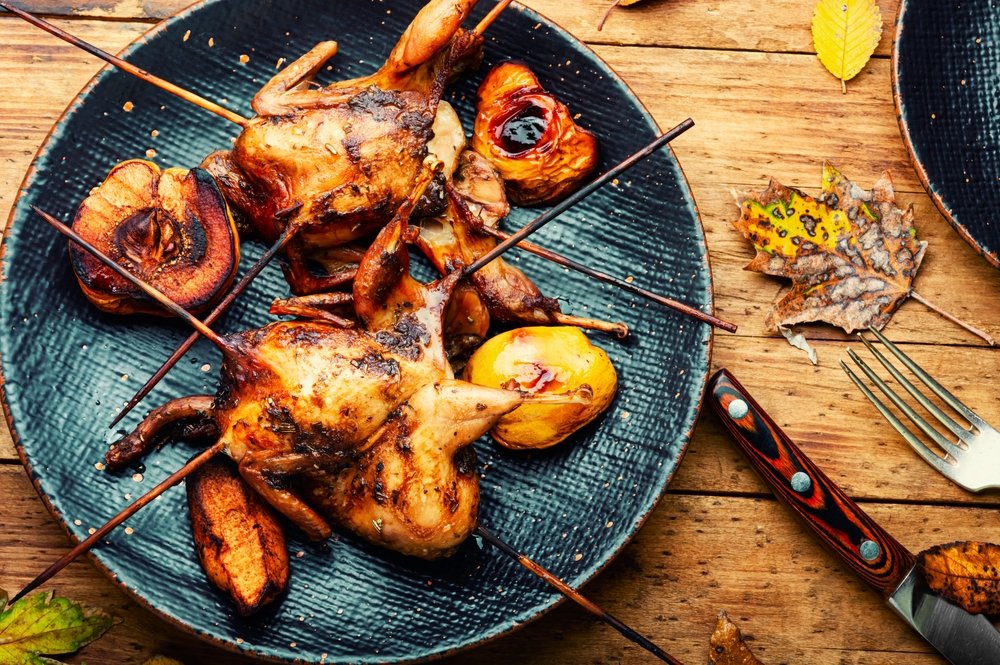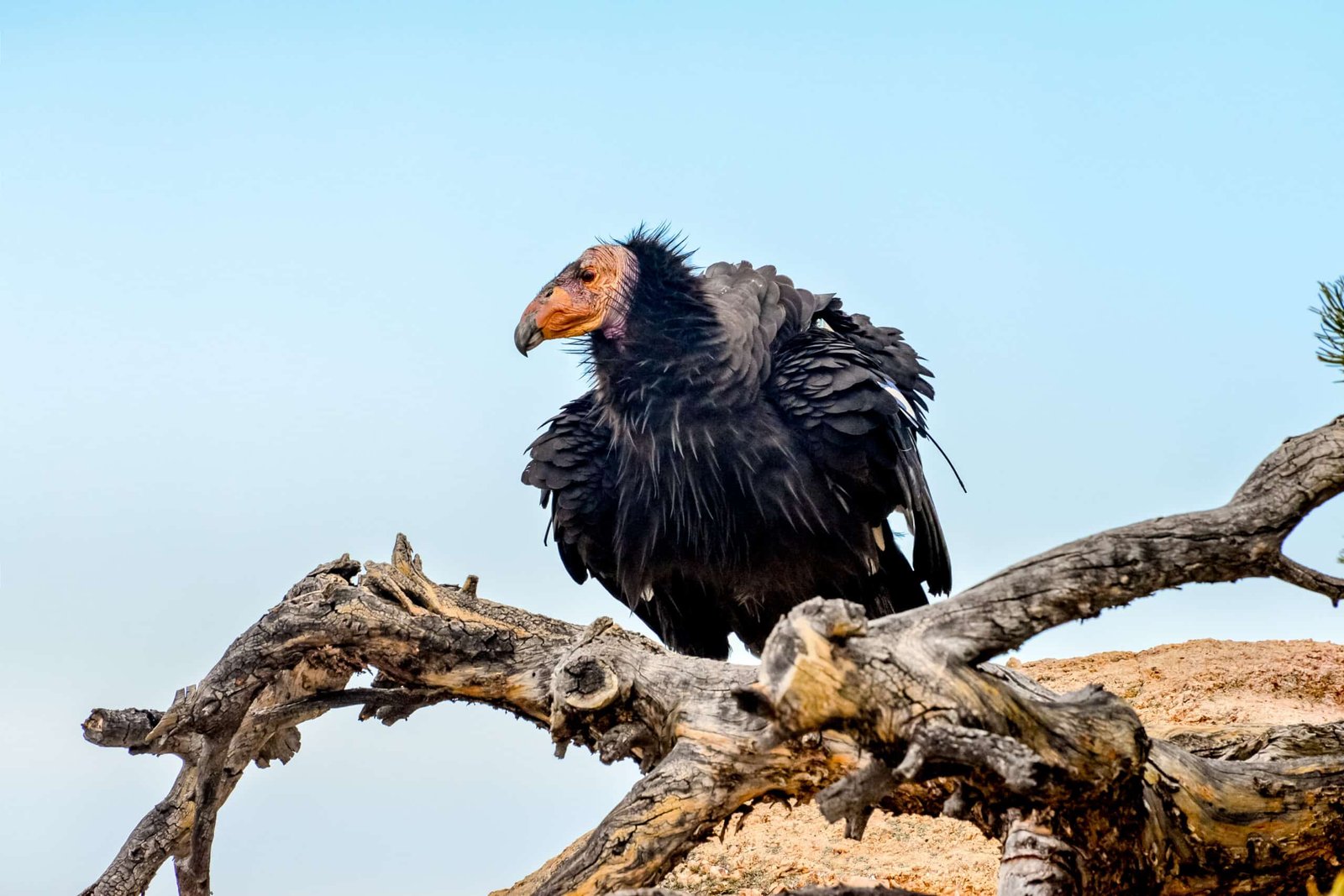The Best Shotguns For Quail Hunting 2024
The crisp autumn air carries the unmistakable whir of flushing quail. In that split-second, the right shotgun can make all the difference between a successful hunt and a missed opportunity. But with countless options available, how do you choose the perfect quail hunting companion?
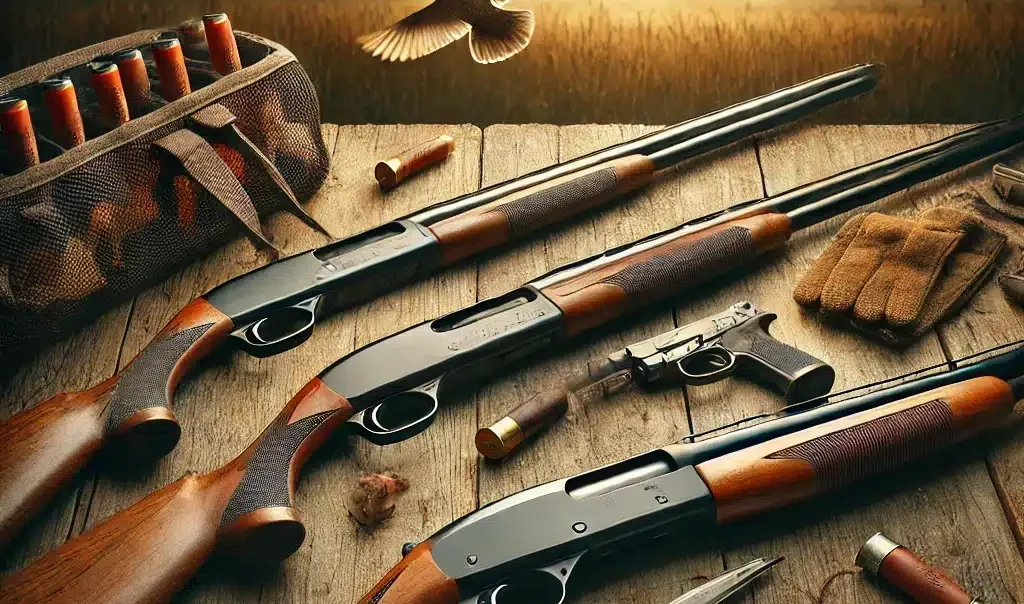
Table of Contents
Quail hunting is a cherished tradition that combines the thrill of the chase with the satisfaction of marksmanship. Central to this pursuit is the shotgun – an extension of the hunter that can elevate your game or hinder your success.
In this comprehensive guide, we’ll explore the best shotguns for quail hunting across various skill levels and budgets. We’ll delve into what makes a shotgun ideal for upland game birds, with a particular focus on quail. From time-tested classics to modern marvels, we’ll cover a range of options to suit different hunting styles and preferences.
Our Top 5 Picks
- Best overall: Beretta 686 Silver Pigeon. It offers an excellent balance of quality, performance, and value, suitable for beginners and experienced hunters alike.
- Best for beginners: Mossberg 500 Field (20 gauge) Affordable, reliable, and versatile; Easy to use and maintain
- Best high-end option: Krieghoff K-80 Parcours Exceptional craftsmanship and customization options, ideal for the dedicated quail hunter who demands the best
- Best value: CZ Bobwhite G2 Offers classic side-by-side styling at an accessible price point; durable and reliable for its price range
- Best semi-automatic: Benelli Montefeltro Lightweight and fast-handling with a reliable inertia-driven system
Understanding Quail Hunting Shotgun Basics
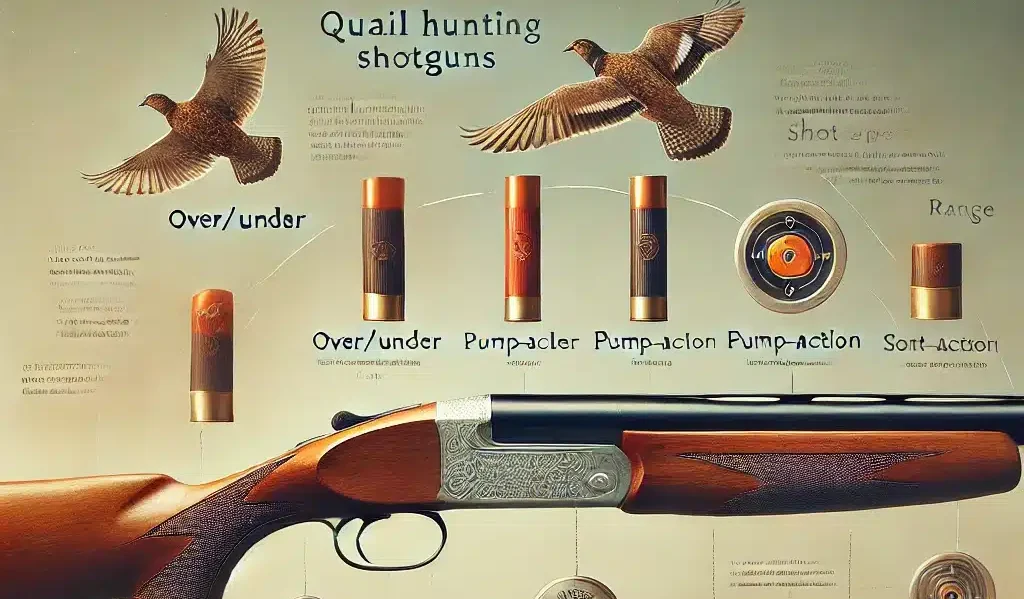
Before diving into specific shotgun recommendations, it’s crucial to understand the key elements that make a shotgun well-suited for quail hunting. These fundamentals will help you make an informed decision regardless of your experience level.
Gauge considerations
- 12 gauge: The most popular and versatile option. Pros: Wide ammunition selection, effective for various game. Cons: Can be heavier, more recoil for smaller-framed hunters
- 20 gauge: An excellent balance for quail hunting. Pros: Lighter weight, less recoil, still effective at typical quail ranges. Cons: Slightly less payload than 12 gauge
- 28 gauge: A classic choice for upland enthusiasts. Pros: Lightweight, low recoil, challenges skilled shooters. Cons: More expensive ammunition, less forgiving for beginners
- 16 gauge: The “sweet sixteen,” a niche but capable option. Pros: Good balance between 12 and 20 gauge. Cons: Less common, limited ammunition options
Action types
- Over-under: Pros: Reliable, classic aesthetics, quick second shot. Cons: Usually more expensive, limited to two shots
- Semi-automatic: Pros: Reduced recoil, fast follow-up shots, often lighter. Cons: More complex mechanism, requires more maintenance.
- Pump-action: Pros: Affordable, reliable, versatile. Cons: Slower follow-up shots and more movement can spook birds
Weight and balance importance
- Ideal weight range: 6-7 lbs for most hunters
- Balance point: Slightly forward of the hinge pin for smooth swinging
- Consider: Longer days in the field require lighter guns, but too light can increase felt recoil
Barrel length for quail hunting
- Optimal range: 26-28 inches. 26″: Quicker pointing, better for thick cover. 28″: Smoother swing, better for open fields
- Avoid extremes: Very short barrels can be whippy, while very long barrels can be cumbersome in brush.
By understanding these basics, you’ll be better equipped to evaluate the shotguns we’ll discuss in the following sections. Remember, the best quail hunting shotgun fits you well, swings smoothly, and inspires confidence in the field.
Best Shotguns for Quail Hunting: Beginner’s Edition

For those new to quail hunting, selecting the right shotgun can make a significant difference in your early experiences. Here are some top recommendations that balance quality, ease of use, and value for beginners:
Mossberg 500 Field

- Gauge: 20 gauge (also available in 12 gauge)
- Action: Pump-action
- Why it’s beginner-friendly: Rugged design forgives rough handling, easy to maintain
- Estimated Price: $440
- Pros: Affordable and reliable, lightweight and easy to maneuver, versatile for various hunting situations
- Cons: Pump action requires practice for quick follow-up shots

- Gauge: 20 gauge (also available in 12 )
- Action: Pump-action
- Why it’s beginner-friendly: Forgiving design, easy-to-find parts and accessories
- Estimated Price: $510
- Pros: Time-tested reliability, smooth action, wide aftermarket support
- Cons: Slightly heavier than some competitors
Stoeger Condor Field

- Gauge: 20 gauge (also available in 12 )
- Action: Over-under
- Why it’s beginner-friendly: Teaches good ammunition management, classic upland style
- Estimated Price: $315
- Pros: Affordable entry into over-under shotguns, simple, reliable design, lighter weight for an over-under
- Cons: Limited to two shots
Features that make these shotguns beginner-friendly
- Manageable recoil: 20 gauge options and gas-operated semi-autos reduce felt recoil
- Lightweight designs: Easier to carry and maneuver, especially important for younger or smaller-framed hunters
- Simple controls: Easy to load, unload, and operate in the field
- Durable construction: Can withstand the occasional bumps and scrapes common with new hunters
- Affordable price points: Allows beginners to enter the sport without a huge financial commitment
Remember, the best shotgun for a beginner fits well and inspires confidence. If possible, try shouldering and handling different models before making a purchase. Many gun shops and hunting clubs offer rentals or demos, which can be invaluable in making the right choice.
Upland Game Bird Shotguns: Versatile Options
While some hunters prefer specialized tools for each quarry, many opt for versatile shotguns that perform well across various upland hunting scenarios. These shotguns are ideal for hunters who pursue quail and pheasants, grouse, and other upland birds. Here are some top choices that offer excellent versatility:
Beretta 686 Silver Pigeon I

- Gauge: 12 gauge (also available in 20 gauge)
- Action: Over-under
- Versatility: Equally at home in quail fields and pheasant hunts
- Estimated Price: $900
- Pros: Excellent balance and swing, durable and reliable, classic styling with modern performance
- Cons: Higher price point

- Gauge: 12 gauge (also available in 20 gauge)
- Action: Over-under
- Versatility: Suitable for all upland birds, from quail to larger pheasants
- Estimated Price: $2,500
- Pros: Lighter than traditional Citori models, mechanical trigger for consistent pull, excellent fit and finish
- Cons: Premium price

- Gauge: 12 gauge (also available in 20 gauge)
- Action: Semi-automatic
- Versatility: Fast-handling for quail, enough payload for larger bird
- Estimated Price: $1,100
- Pros: Inertia-driven system for reliability, lightweight and easy to carry
- Cons: Slightly more felt recoil than gas-operated semi-autos
Balancing versatility and specialization
- Interchangeable chokes: Allow fine-tuning for different birds and hunting scenarios
- Barrel length: 26-28 inches offers a good compromise for various upland hunting situations
- Weight: 6-7 lbs provides enough heft for smooth swinging without being burdensome on long walks
- Gauge: 12 gauge offers versatility, while 20 gauge provides a good balance of power and carrying comfort
Multi-purpose considerations
- Stock fit: A well-fitting stock is crucial for consistent mounting across different hunting scenarios
- Sight plane: A low-profile rib helps in acquiring targets quickly, beneficial for both flushing quail and crossing pheasants
- Trigger quality: A crisp, consistent trigger aids in accurate shooting across various upland hunting situations
- Durability: Opt for rugged construction to withstand diverse field conditions, from dense cover to open prairies
When choosing a versatile upland shotgun, consider the types of hunting you’ll do most often. If quail hunting is your primary focus but you occasionally hunt larger birds, lean towards lighter, faster-handling guns. If you split your time equally between quail and larger upland birds, a slightly heavier 12 gauge might be the best compromise.
Remember, versatility often comes with some trade-offs. While these shotguns perform well across various upland hunting scenarios, a specialized tool might offer marginal advantages in specific situations. However, for most hunters, the versatility these shotguns offer far outweighs any minor compromises.
Top-tier Quail Hunting Shotguns
These high-end shotguns offer exceptional craftsmanship, performance, and aesthetics for seasoned quail hunters looking to elevate their game. While they come with a higher price tag, they provide features and quality that discerning hunters will appreciate.
Krieghoff K-80 Parcours

- Gauge: 12 gauge (also available in 20 gauge)
- Action: Over-under
- Advanced features: Adjustable comb and trigger pull, interchangeable barrels
- Estimated Price: $16,500
- Pros: Exceptional balance and pointability, customizable to fit the shooter perfectly, durable, mechanical trigger system
- Cons: Very high price point
Caesar Guerini Syren Tempio Light

- Gauge: 20 gauge (also available in 12 and 28 gauge)
- Action: Over-under
- Advanced features: Adjusted stock dimensions, DPS2 recoil reduction system
- Estimated Price: $4,500
- Pros: Designed specifically for female shooters, lightweight and well-balanced, beautiful engraving and wood finish
- Cons: Specialized design may not suit all shooters
Advanced features and their benefits
- Balancing systems: Allow fine-tuning of the shotgun’s balance point for optimal swing
- Adjustable combs and stocks: Enable perfect fit for consistent mounting and reduced felt recoil
- Premium barrel technology: Provides consistent patterns and reduced muzzle jump
- Sophisticated recoil reduction: Allows for more comfortable shooting during long days in the field
- Durable, high-grade actions: Ensure longevity and consistent performance over many seasons.
- Selective trigger systems: Offer customizable trigger pulls for each barrel.
Investment considerations
- Long-term value: Many high-end shotguns retain or appreciate their value over time.
- Customization: The ability to tailor the gun to your needs can enhance performance.
- Craftsmanship: Superior fit and finish look great and can contribute to better performance.
- Longevity: Quality construction means these shotguns can last for generations with proper care.
- Resale potential: Well-maintained premium shotguns often have a strong resale market.
When investing in a high-end quail hunting shotgun, consider the immediate performance benefits and the long-term value. Many hunters view these shotguns as heirloom pieces to be passed down through generations.
It’s worth noting that while these shotguns offer exceptional quality and features, they won’t automatically make you a better shot. However, their superior fit, balance, and consistency can help experienced hunters maximize their skills and enjoy a heightened shooting experience.
Before making such a significant investment, it’s highly recommended to test-fire the shotgun if possible. Many high-end dealers offer demo days or can arrange for you to try a model before purchasing.
Budget-Friendly Quail Hunting Shotgun Options
Not everyone can or wants to invest in a high-end shotgun, especially when starting out or on a tight budget. Fortunately, there are several quality options available that won’t break the bank but will still serve you well in the quail fields.
Stevens 555 Enhanced

- Gauge: 20 gauge (also available in 12 gauge)
- Action: Over-under
- Stock: Turkish walnut stock
- Estimated Price: $550
- Pros: Lightweight aluminum receiver, Turkish walnut stock, chrome-lined barrels
- Cons: Basic fit and finish
TriStar Viper G2 Wood

- Gauge: 20 gauge (also available in 12 and 28 gauge)
- Action: Semi-automatic
- Stock: Wood
- Estimated Price: $480
- Pros: Gas operation for reduced recoil, wood stock for a classic look, reliable performance
- Cons: May require more frequent cleaning
CZ Bobwhite G2

- Gauge: 20 gauge (also available in 12 gauge)
- Action: Side-by-side
- Stock: Wood
- Estimated Price: $700
- Pros: Classic styling, straight English-style stock, durable build quality
- Cons:Side-by-side design not preferred by all hunters
Best value for money considerations
- Reliability: Look for brands known for dependable performance
- Versatility: Choose models that can serve multiple hunting purposes
- Aftermarket support: Popular models often have more accessible parts and accessories
- Warranty: A good warranty can provide peace of mind with a budget purchase
New vs. used shotgun discussion
Pros of buying used
- You can get a higher-quality shotgun for the same budget
- Some classic models are only available on the used market
- Potential for good deals if you know what to look for
Cons of buying used
- It may have hidden wear or issues
- Often lack warranty coverage
- It might require a gunsmith’s attention
Tips for buying used
- Inspect the bore and chambers for signs of wear or damage
- Check for tight lock-up and proper ejector/extractor function
- Look for signs of rust or pitting
- Test the trigger and safety mechanisms
- If possible, pattern test the gun before purchasing
When choosing a budget-friendly shotgun, prioritize function over form. A reliable, no-frills shotgun will serve you better in the field than a flashy gun with questionable performance. Remember that many experienced hunters started with modest shotguns and upgraded as their skills and budget allowed.
It’s also worth considering that some budget-friendly options, particularly pump-action shotguns, can be incredibly versatile. They can serve you well for quail hunting, other hunting, and even home defense, providing excellent value for your investment.
Lastly, don’t overlook the importance of fit, even in a budget shotgun. A well-fitted, inexpensive shotgun will often outperform an ill-fitted, expensive one. Consider setting aside some of your budget for basic stock adjustments or a recoil pad.
Customization and Accessories
Customizing your shotgun and selecting the right accessories can enhance your quail hunting experience. Here are some key areas to consider:
Choke selections for quail hunting
- Improved Cylinder (IC): Best for close-range shots (15-25 yards), ideal for thick cover where birds flush close
- Modified (M): Versatile choice for medium-range shots (25-35 yards), good all-around option for various quail hunting scenarios
- Improved Modified (IM): Suitable for slightly longer shots (30-40 yards), useful in more open terrain.
- Specialized upland chokes: Brands like Trulock and Carlson’s offer chokes designed specifically for upland hunting, can provide optimized patterns for typical quail hunting ranges
Sight options
- Traditional bead sight: Simple and effective for most quail hunting situations, the low profile doesn’t interfere with the sight picture
- Fiber optic sights: Offer increased visibility in low-light conditions can help with quicker target acquisition
- Ghost ring sights: Provide a more precise aiming point, which may slow down target acquisition for some hunters
- Red dot sights: Can aid in quick target acquisition, may require more frequent battery changes
Recoil pads and other comforts
- Aftermarket recoil pads: Brands like Feyachi and Limbsaver can significantly reduce felt recoil, which can be especially beneficial for smaller-framed hunters or those using larger gauges
- Adjustable combs: Help achieve proper cheek weld and sight alignment, can be particularly useful for hunters with non-standard facial structures
- Extended charging handles (for semi-autos): Make it easier to operate the action, especially with gloves
- Enlarged safety buttons: Improve ease of operation, particularly in cold weather or with gloves
Other useful accessories
- Slings: Allow for comfortable carrying during long walks; quick-detach options offer versatility
- Shell caddies: Provide quick access to additional ammunition, particularly useful for double-barrel shotguns
- Cleaning kits: Field cleaning kits help maintain your shotgun during extended hunts; invest in a quality kit for proper maintenance
- Protective cases: Hard cases for travel and storage, soft cases for in-field protection
- Shooting vests: Provide convenient shell storage and game bags; choose breathable options for comfort during long hunts.
When customizing your shotgun, always prioritize changes that enhance functionality and fit over purely aesthetic modifications. Remember that extensive customization might affect the resale value of your shotgun, so consider this if you think you might sell the gun in the future.
It’s also important to note that some modifications, particularly to the action or trigger, should only be done by a qualified gunsmith to ensure safety and reliability.
Lastly, while accessories can enhance your hunting experience, they do not substitute practice and skill development. For the best results in the field, invest time in patterning your shotgun, practicing your mount, and honing your shooting skills.
Maintaining Your Quail Hunting Shotgun
Properly maintaining your quail hunting shotgun ensures its longevity, reliability, and performance. Here are some key aspects of shotgun maintenance:
Cleaning and maintenance tips
- Regular cleaning: Clean your shotgun after every hunting trip, even if you didn’t fire it; pay special attention to the barrel, chamber, and action
- Field cleaning: Carry a compact cleaning kit for quick maintenance in the field; at a minimum, run a bore snake through the barrel to remove any debris
- Deep cleaning: Perform a thorough cleaning every 200-300 rounds or at the end of each hunting season; disassemble the shotgun as per the manufacturer’s instructions
- Lubrication: Use quality gun oil on moving parts, but don’t over-lubricate; pay special attention to the action, ejectors, and hinge points on break-action shotguns
- Choke maintenance: Remove and clean chokes regularly to prevent seizure; apply a thin layer of choke tube grease when reinstalling
- Wood stock care: Use a quality stock oil to protect wooden stocks from moisture; avoid prolonged exposure to extreme temperatures or humidity
- Rust prevention: Wipe down metal surfaces with a silicon cloth after handling; consider using rust-inhibiting products for long-term storage
Storage recommendations
- Gun safe: Invest in a quality gun safe for secure storage; use a dehumidifier or desiccant packets to control moisture
- Gun socks or cases: Use breathable gun socks or cases for storage to prevent moisture buildup; avoid storing in hard cases for long periods, as they can trap moisture
- Position: Store break-action shotguns with the action open to relieve spring tension; for pump and semi-auto shotguns, store with the action closed and the hammer down.
- Temperature and humidity: Maintain a consistent environment to prevent wood warping and metal corrosion; ideal conditions are around 70°F (21°C) with 50-55% relative humidity
Longevity considerations
- Regular inspections: Check for signs of wear, especially on high-stress parts like ejectors and firing pins, and address any issues promptly to prevent more significant problems
- Professional servicing: Have your shotgun inspected by a qualified gunsmith every few years or 1000-1500 rounds; this can catch potential issues before they become serious problems
- Parts replacement: Replace springs and other worn items as recommended by the manufacturer, and keep spare parts for critical components, especially for older or discontinued models
- Proper transportation: Use quality gun cases with adequate padding when traveling; avoid exposing your shotgun to extreme temperatures or moisture during transport
- Mindful use: Avoid unnecessary dry firing, which can stress the firing pin; be careful not to over-tighten screws or chokes
- Documentation: Keep a log of cleaning, maintenance, and any repairs; this can be valuable for troubleshooting or if you decide to sell the shotgun
Remember, a well-maintained shotgun is more reliable and safer to use. Regular maintenance helps you become more familiar with your firearm, potentially allowing you to spot any issues before they become problems in the field.
Lastly, consult your shotgun’s manual for specific maintenance instructions, as procedures can vary between makes and models. If you’re unsure about any maintenance aspect, don’t hesitate to consult a professional gunsmith.
Expert Opinions and Field Test Results
To provide a well-rounded perspective on quail hunting shotguns, let’s explore insights from seasoned hunters and review some field test results.
Insights from professional quail hunters
- Jason Lei, 30-year veteran guide in Georgia: “In my experience, a light, fast-handling 20 gauge over-under is hard to beat for quail. The Beretta 686 Silver Pigeon has been my go-to for years. It points naturally and is durable to withstand daily use in the field.”
- Sarah Stoker, a competitive shooter and upland hunting instructor: “For beginners, I often recommend the Mossberg 500 in 20 gauge. It’s affordable, reliable, and versatile. As skills improve, many students graduate from Caesar Guerini Syren, specifically designed for female shooters.”
- Matt Willis, outdoor writer and lifelong quail hunter: “Don’t overlook the classic side-by-sides. The CZ Bobwhite G2 offers great value and that traditional upland feel. For those with a larger budget, the Krieghoff Essencia is a dream to shoot in the quail fields.”
Comparative field test results
- Shotgun Pattern Density Study (Quail Forever, 2023): Tested ten popular upland shotguns at 20, 30, and 40 yards; Results showed that quality 20 gauge shotguns consistently produced patterns comparable to 12 gauge models at typical quail hunting ranges. The Browning Citori 725 Field and Beretta 690 Field I consistently produced the most even patterns across all distances.
- Felt Recoil Analysis (American Hunter, 2022): We used a mechanical shooting rest to compare the felt recoil of various shotguns. Semi-automatic shotguns, on average, reduced felt recoil by 20-30% compared to comparable over-under models; The Benelli Ethos and Beretta A400 scored highest in recoil reduction among semi-autos tested.
- Durability Field Test (Upland Gunner Magazine, 2023): We subjected five popular quail hunting shotguns to a grueling 5,000-round test over varied field conditions. All shotguns were cleaned every 500 rounds and inspected for wear; The Beretta 686 Silver Pigeon and Browning Citori 725 showed the least wear and maintained the best accuracy throughout the test.
- Weather Resistance Evaluation (Outdoor Life, 2022): Tested eight shotguns in extreme weather conditions, including high humidity, freezing temperatures, and dusty environments. Synthetic-stocked models generally outperformed wood-stocked versions in moisture resistance; The Benelli Ethos and Weatherby 18i demonstrated superior resistance to function issues in adverse conditions.
Key takeaways from expert opinions and field tests
- Versatility is crucial: Most experts recommend shotguns that perform well across various quail hunting scenarios.
- Fit matters: Consistently, experts emphasize the importance of a well-fitting shotgun over specific brands or models.
- Gauge preference: While 12 gauge remains popular, many experienced hunters are trending towards 20 and 28 gauge for quail.
- Action type: Over-under shotguns remain a favorite for their reliability and balance, but quality semi-autos are gaining popularity.
- Durability: Higher-end shotguns tend to show better longevity, which can justify their cost for serious hunters.
- Technology benefits: Modern manufacturing techniques have improved the performance of even budget-friendly shotguns.
Remember, while these expert opinions and test results provide valuable insights, personal preference and comfort with a shotgun are paramount. What works best for one hunter may not be ideal for another. Try before you buy, and choose the shotgun that feels most natural and comfortable for you.
Conclusion and Final Recommendations
After exploring various aspects of quail hunting shotguns, from budget-friendly options to high-end models, and considering expert opinions and field test results, we can draw several conclusions to help guide your shotgun selection.
Summary of top picks for different categories
- Best overall: Beretta 686 Silver Pigeon. It offers an excellent balance of quality, performance, and value, suitable for beginners and experienced hunters alike.
- Best for beginners: Mossberg 500 Field (20 gauge) Affordable, reliable, and versatile; Easy to use and maintain
- Best high-end option: Krieghoff K-80 Parcours Exceptional craftsmanship and customization options, ideal for the dedicated quail hunter who demands the best
- Best value: CZ Bobwhite G2 Offers classic side-by-side styling at an accessible price point; durable and reliable for its price range
- Best semi-automatic: Benelli Montefeltro Lightweight and fast-handling with a reliable inertia-driven system
Factors to consider when making your final decision
- Fit: The most critical factor. A well-fitting shotgun will always outperform an ill-fitting one, regardless of price or features.
- Intended use: Consider whether you’ll use the shotgun exclusively for quail or other types of hunting as well.
- Budget: Remember that quality shotguns are long-term investments. While you don’t need to break the bank, investing in a reliable shotgun can enhance your hunting experience for years.
- Action preference: Based on your shooting style and preferences, choose between over-under, semi-automatic, pump-action, or side-by-side.
- Gauge: While 12 gauge is versatile, many quail hunters prefer the lighter weight and reduced recoil of 20 or 28-gauge shotguns.
- Weight and balance: Choose a shotgun you can comfortably carry and swing for extended periods.
- Maintenance requirements: Consider how much time and effort you will invest in maintaining your shotgun.
- Aftermarket support: Popular models often have more accessible parts and customization options.
Final thoughts
Remember that the “best” quail hunting shotgun ultimately fits you well, suits your hunting style, and gives you confidence in the field. Don’t be swayed solely by brand names or price tags. Instead, focus on finding a shotgun that feels like an extension of yourself when you shoulder it.
If possible, try out several shotguns before making your purchase. Many hunting clubs and shooting ranges offer demo days or rental options. This hands-on experience can be invaluable in making your final decision.
Lastly, regardless of which shotgun you choose, practice and familiarize yourself with your firearm. Regular practice, proper maintenance, and field time will improve your quail hunting success more than any specific feature or brand name.
Happy hunting, and may your chosen shotgun serve you well in many successful quail seasons to come!
Frequently Asked Questions (FAQs)

Q: Is a 12 gauge too much for quail hunting?
A: While 12 gauge shotguns are versatile and effective for quail hunting, many hunters prefer 20 or 28 gauge for their lighter weight and reduced recoil. A 12 gauge is not “too much” if you’re comfortable, but it may be more than necessary for most quail hunting situations.
Q: What’s the best choke for quail hunting?
A: Improved Cylinder (IC) and Modified (M) chokes are most popular for quail hunting. IC is excellent for close-range shots in thick cover, while Modified offers versatility for slightly longer shots. Many hunters use IC in one barrel and M in the other for maximum flexibility.
Q: Are semi-automatic shotguns good for quail hunting?
A: Yes, semi-automatic shotguns can be excellent for quail hunting. They offer fast follow-up shots and typically have reduced recoil. However, some hunters prefer the simplicity and classic feel of break-action shotguns like over-under or side-by-sides.
Q: How much should I expect to spend on a quality quail hunting shotgun?
A: You can find reliable quail hunting shotguns at around $500 for pump actions or a budget over-under. Mid-range options typically fall between $1,000 to $3,000. High-end shotguns can cost $5,000 or more. Remember, a more expensive shotgun won’t make you a better shot.
Q: Is a 28 gauge sufficient for quail hunting?
A: A 28 gauge can be an excellent choice for quail hunting. It offers lightweight and low recoil while providing sufficient power for ethical kills at typical quail hunting ranges. However, it may require more precise shooting than larger gauges.
Q: How often should I clean my quail hunting shotgun?
A: It’s best to clean your shotgun after every hunting trip, even if you didn’t fire it. Moisture and debris can accumulate during a day in the field. A more thorough cleaning should be done every 200-300 rounds or at the end of each hunting season.
Q: Can I use the same shotgun for quail and other upland birds like pheasants?
A: Yes, many shotguns are versatile enough for various upland birds. However, you might prefer a slightly heavier gun or larger gauge for bigger birds like pheasants. A 20 gauge is often a good compromise for mixed upland hunting.
Q: Are wood stocks or synthetic stocks better for quail hunting?
A: Both have their advantages. Wood stocks offer classic aesthetics and good balance but require more maintenance. Synthetic stocks are more weather-resistant and durable but may lack the traditional look some hunters prefer. The choice often comes down to personal preference.
Q: How important is barrel length for a quail hunting shotgun?
A: Barrel length can affect the balance and swing of the shotgun. For quail hunting, barrels between 26 and 28 inches are most common. Shorter barrels (26″) offer quicker pointing in thick cover, while longer barrels (28″) can provide a smoother swing for some hunters.
Q: Is it worth investing in a high-end shotgun for quail hunting?
A: High-end shotguns offer superior craftsmanship and better balance and often last a lifetime. However, they won’t automatically make you a better shot. For most hunters, a mid-range shotgun that fits well will be more than adequate. Invest in a high-end shotgun if you appreciate the quality and craftsmanship, shoot frequently, or plan to pass the gun down as an heirloom.
